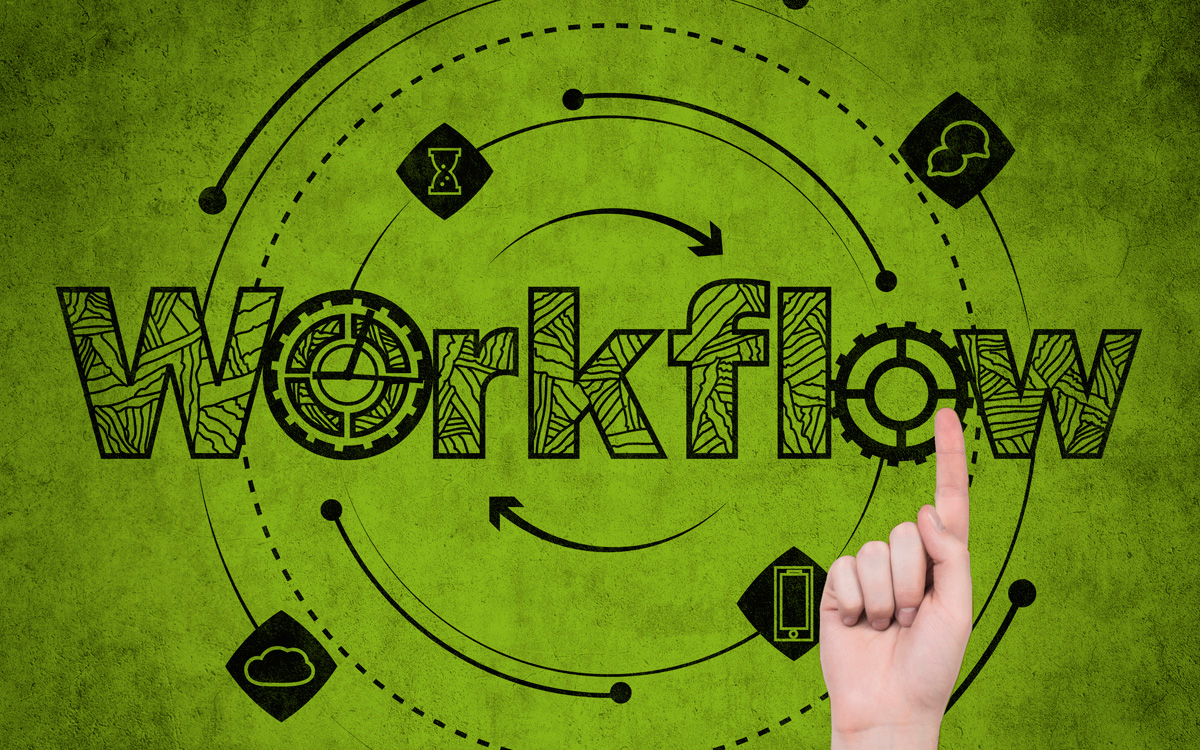clinic

In the world of healthcare, the quality of service received by patients can vary greatly depending on an abundance of factors.
Systems such as ZulaFly’s Real-Time Locating System (RTLS) is engineered to provide the data, information, and alerts that help answer important questions for those seeking to gain an edge within the walls of their hospital or clinic.
- How much time was spent by the patient in a waiting area?
- Is the patient receiving consistent communication?
- Are there rooms available for additional patients waiting to be seen?
- Is current space being utilized efficiently?
- Are there patients ready to transition to the next phase of care?
The idea of developing more refined patient workflow within health systems such as hospitals and clinics is not necessarily a new concept. At the same time, the tools made available today to improve patient workflow are infused with more technology, tracking, and information than ever before. ZulaFly is one example of a system that delivers a combination of real-time information and retrospective reports that allow nurses, doctors, and receptionists alike to aide in keeping patients moving smoothly while rooms are being filled efficiently.
Keep waiting room traffic moving
Is there anything more aggravating than being in pain and discomfort, desperate for care in the waiting room of a clinic? Nobody wants to be the healthcare facility known for notoriously long wait times. RTLS data uses wearable location tags and customized maps and dashboards to help those on staff know - in real time - information such as how many rooms are available and how long patients have been waiting.
Understanding the average cycle time will also help to identify bottlenecks in current workflows providing the healthcare facility the data it needs to make modifications allowing staff to become more efficient, providing better care and the ability to see more patients in the same amount of time.
Subtasks provide powerful, specific information
ZulaFly’s subtasks for phases of care allow you to break down RTLS data into digestible portions that can guide you along a customizable path, illuminating important details that may normally not get as much attention. For example, subtasks provide staff members with the knowledge that certain activities were performed before the patient was moved to the next phase of care. When this information is gleaned in real-time, a patient can be quickly on the move while space is cleared for the next patient to come in.
Ultimately, the customizable nature of ZulaFly allows you to setup your phases of care in a specific order, or you can also capture patient care data as it happening, even if no specific order is required.
Are you best utilizing your current space?
From a big picture standpoint, viewing your room utilization over time allows you to understand if certain areas of your facility are being used most efficiently.
In hospitals and clinics, rooms are being filled, emptied, and prepared for the next patient on a perpetual basis. ZulaFly’s patient flow strategies help you understand patterns - either by way of real-time data or customizable reports - on how rooms are being used and how to best predict the most efficient ways to utilize them in the future.
Featuring an unlimited number of workflows and phases of care, ZulaFly provides a proven, tested framework that doesn’t put limits or constraints on the way hospitals and clinics locate patients, staff, and assets.
How is the patient workflow in your hospital or clinic?
Setup a demo today!



